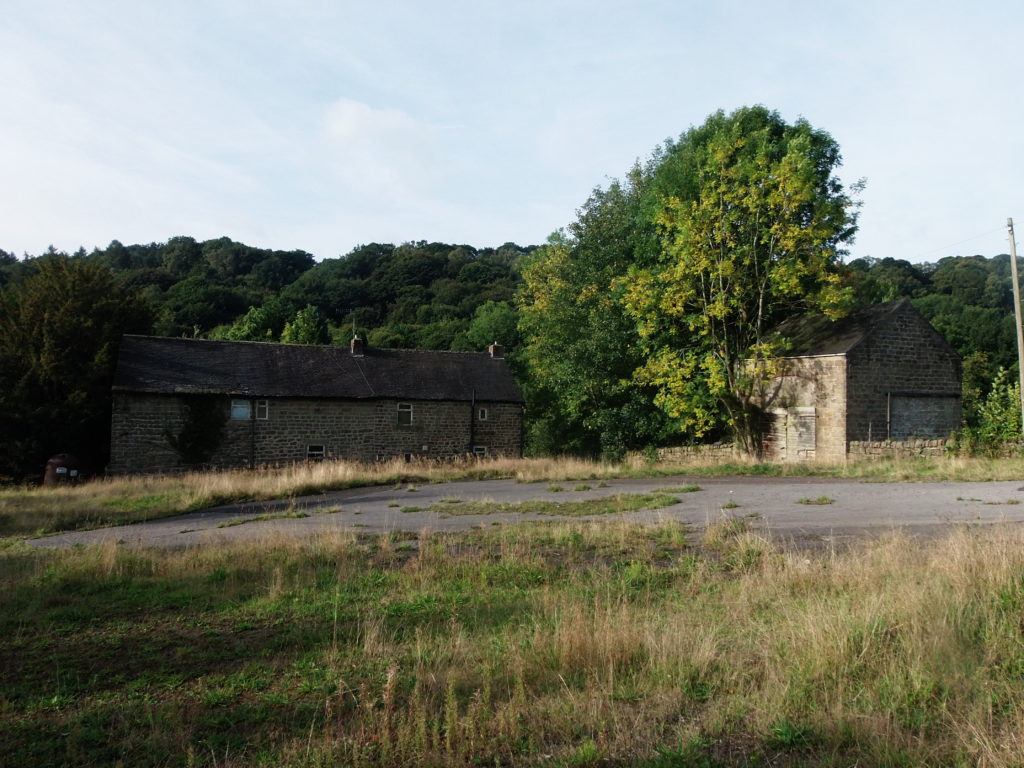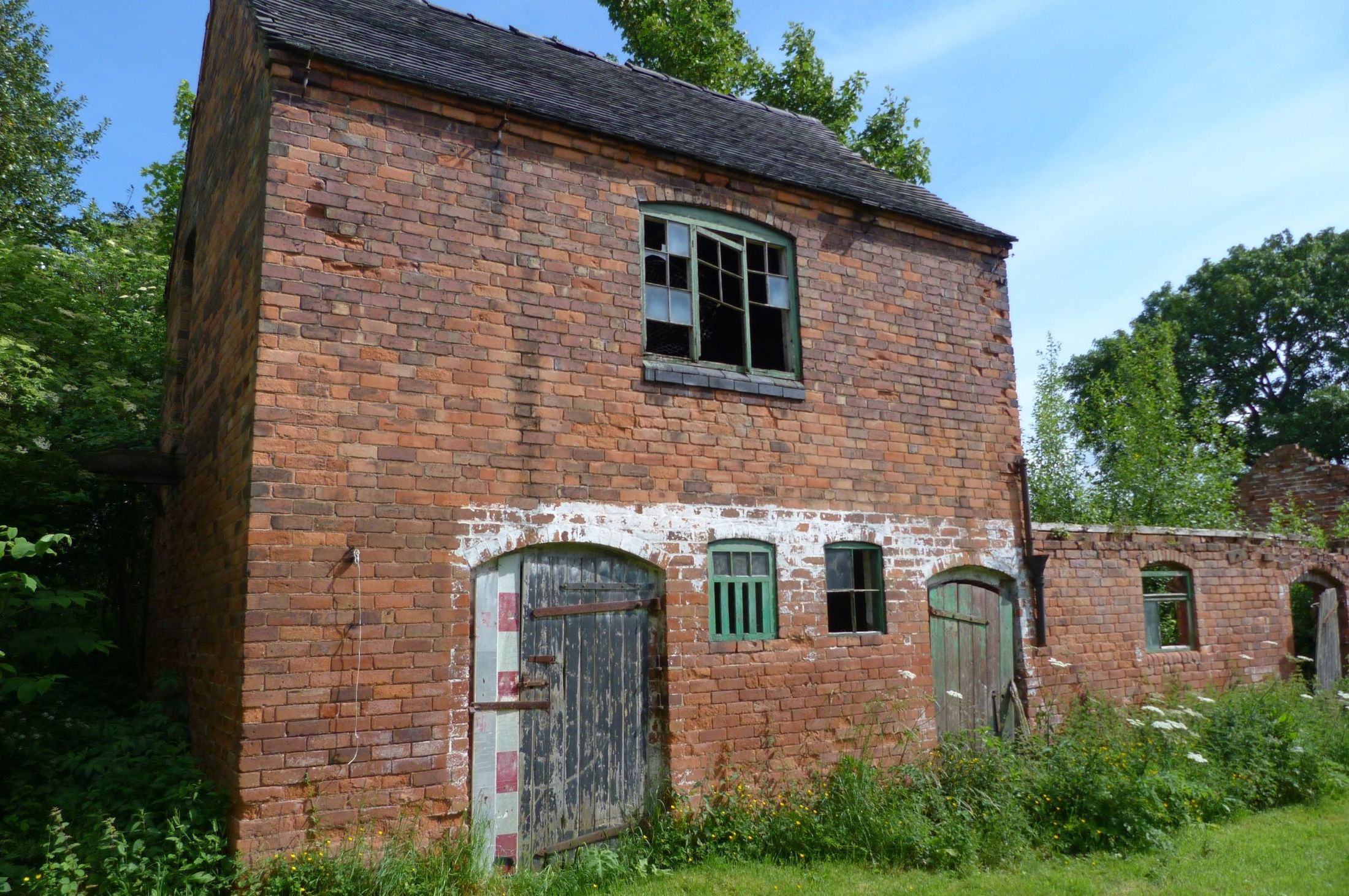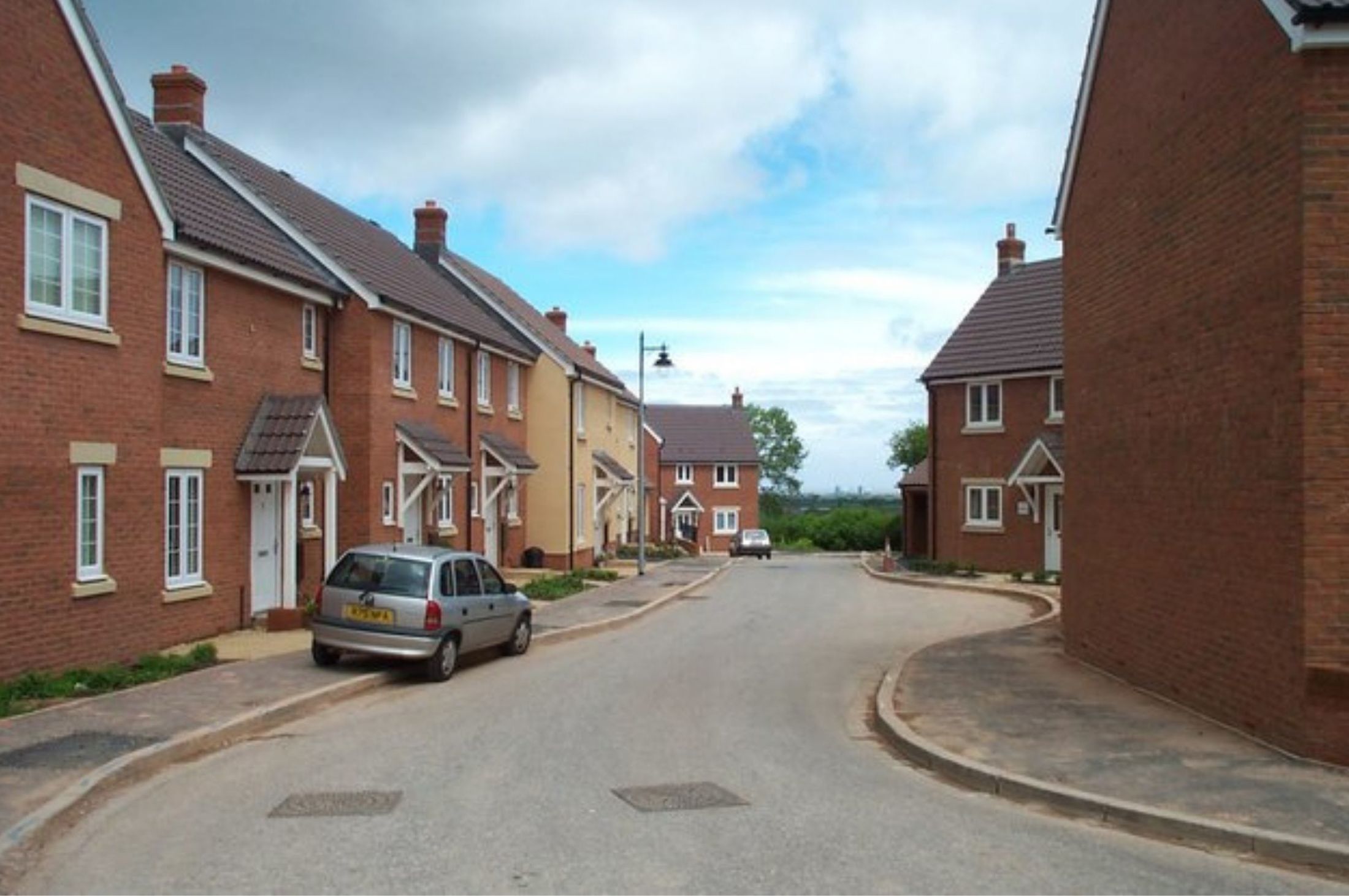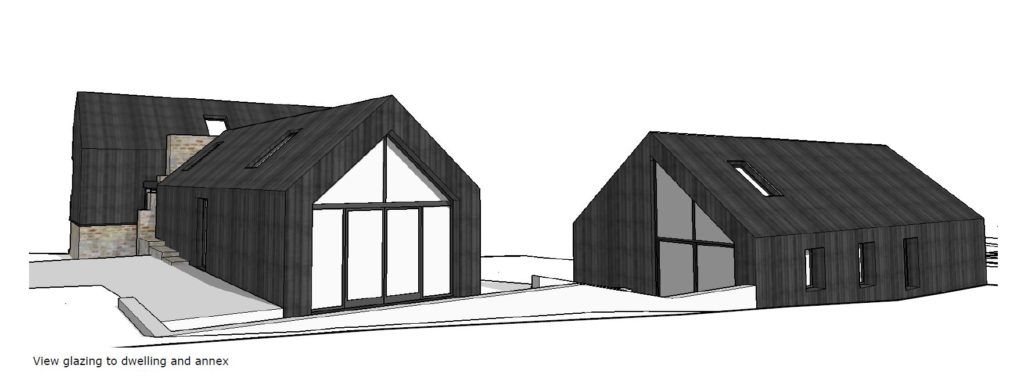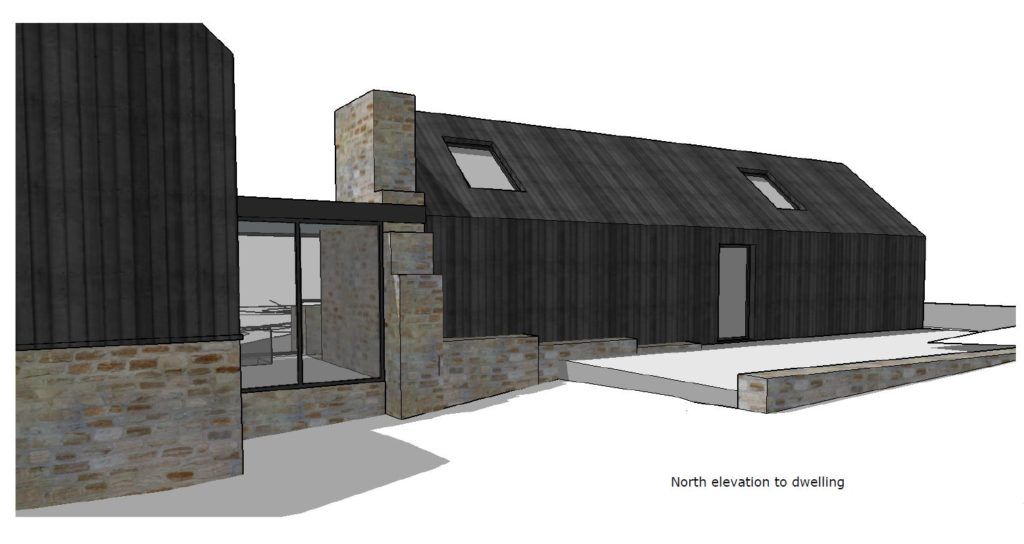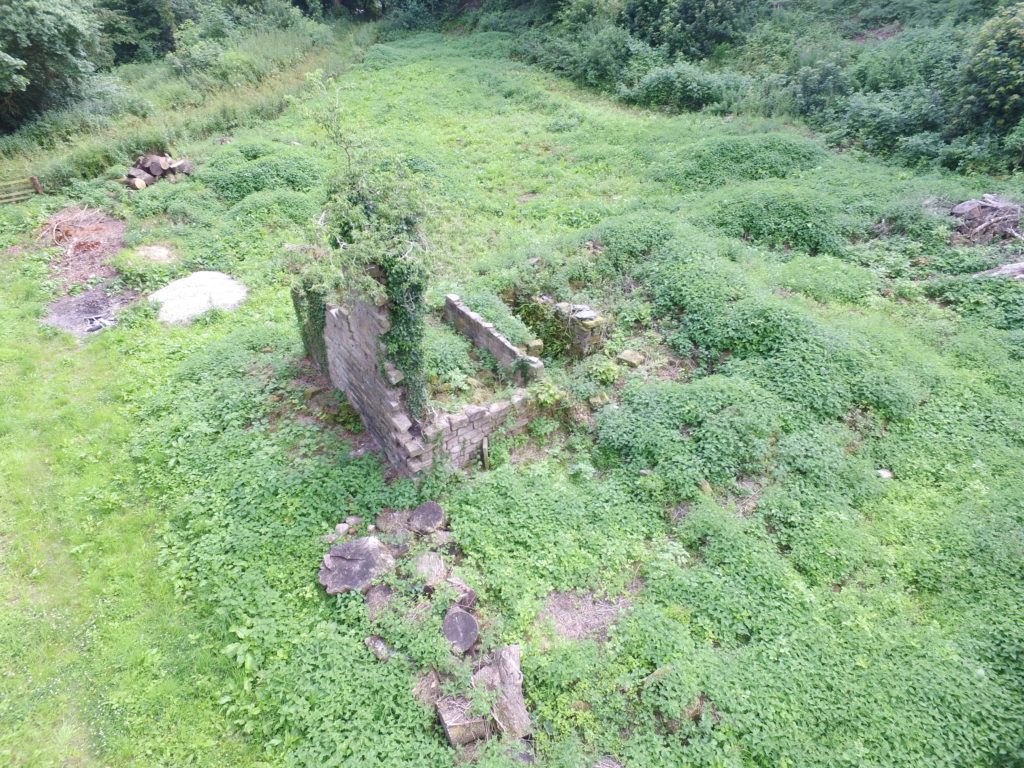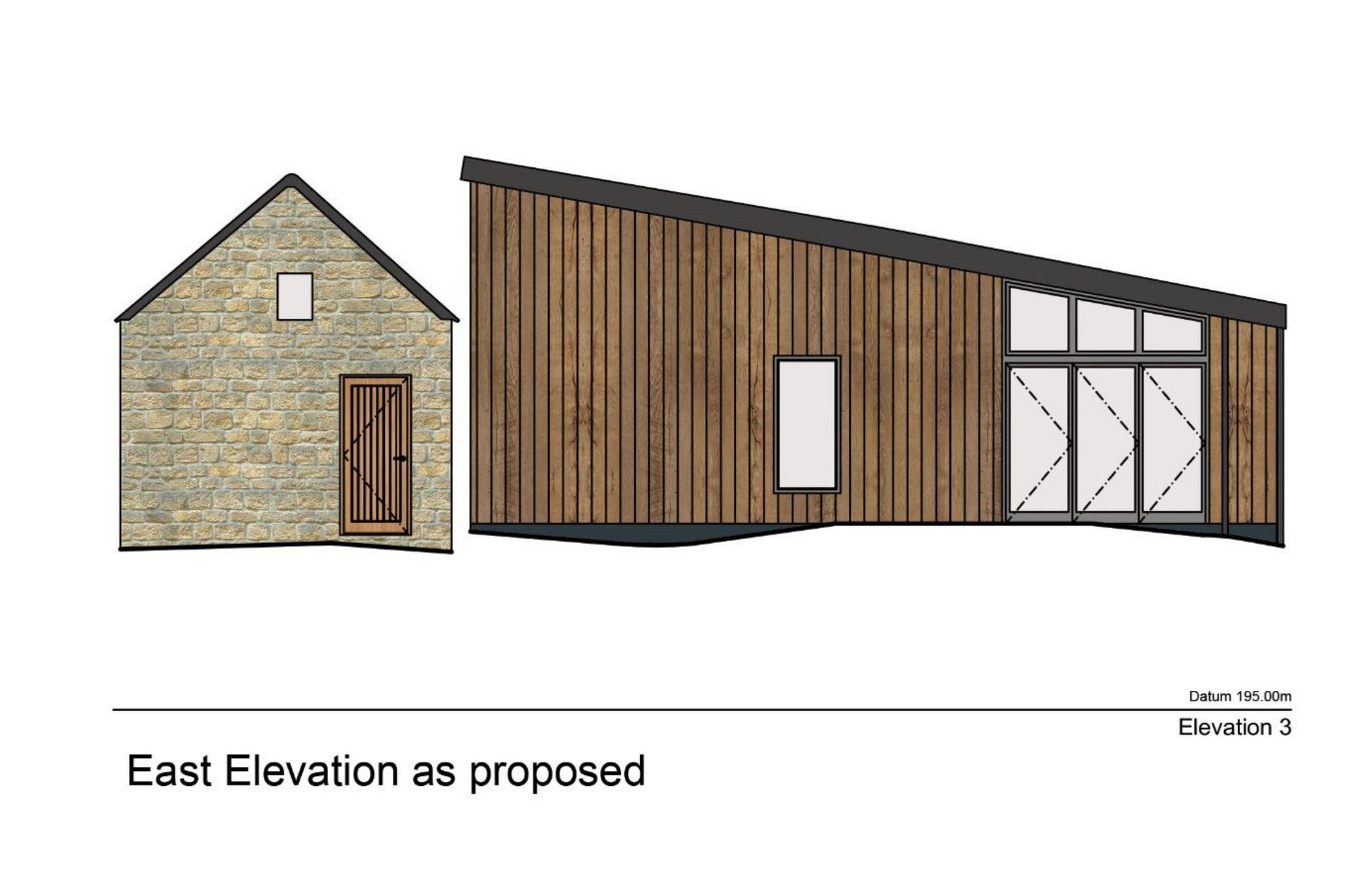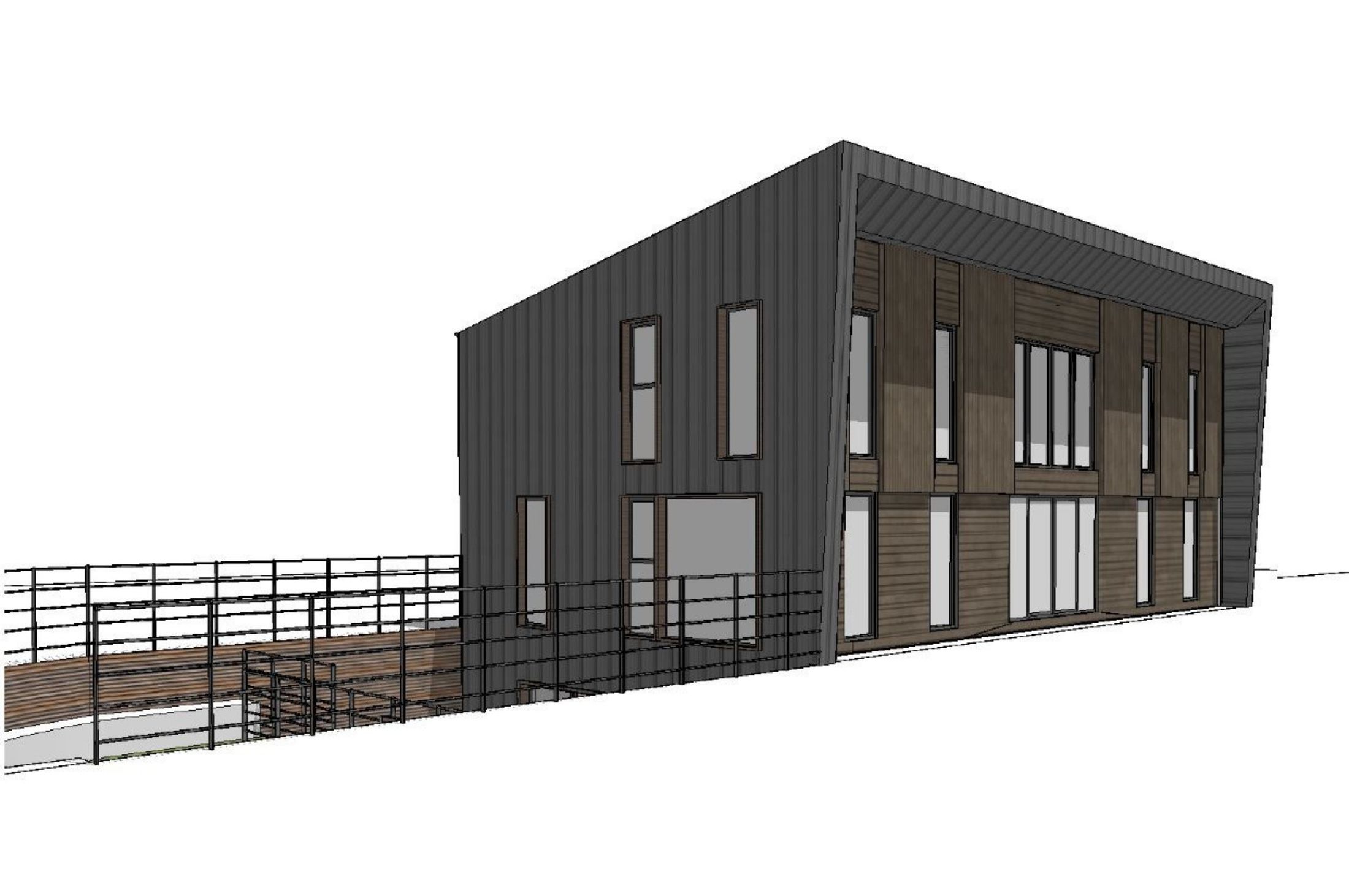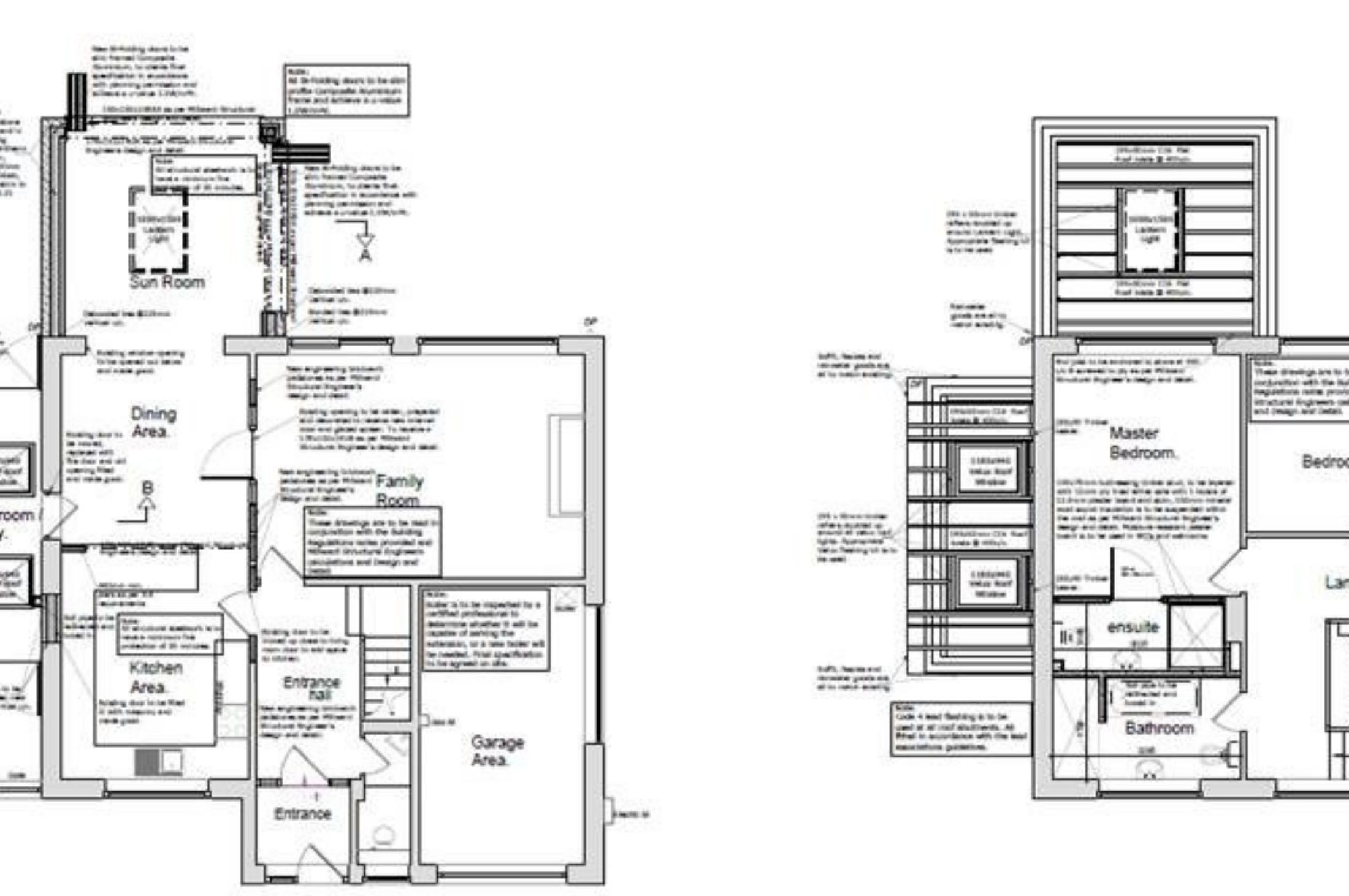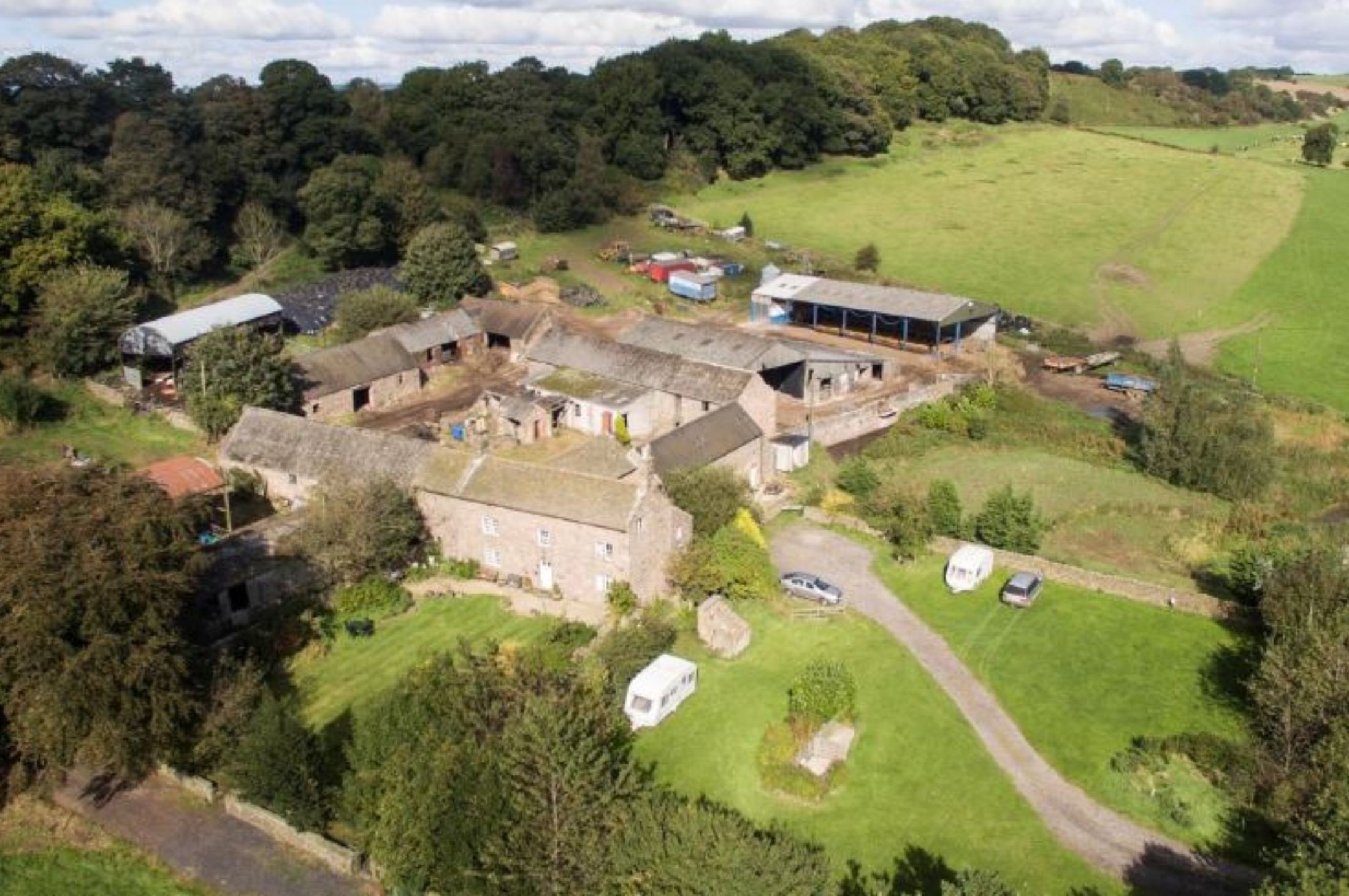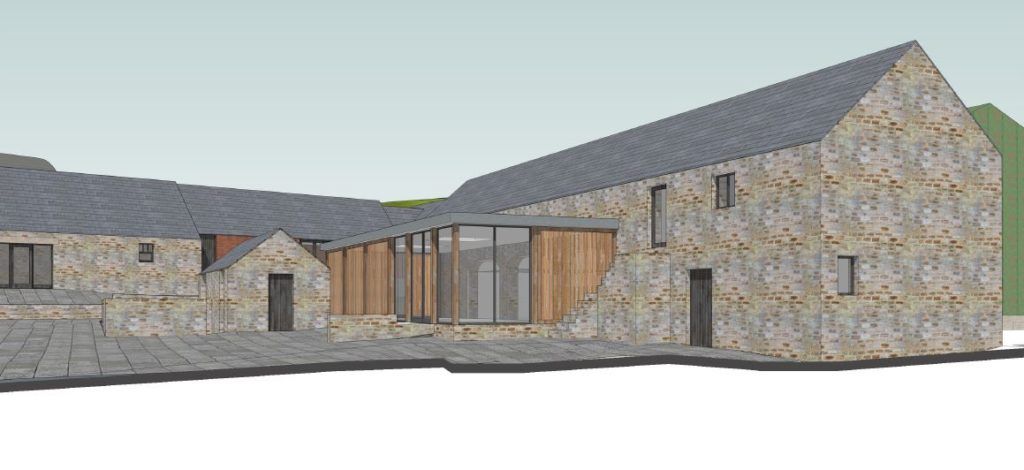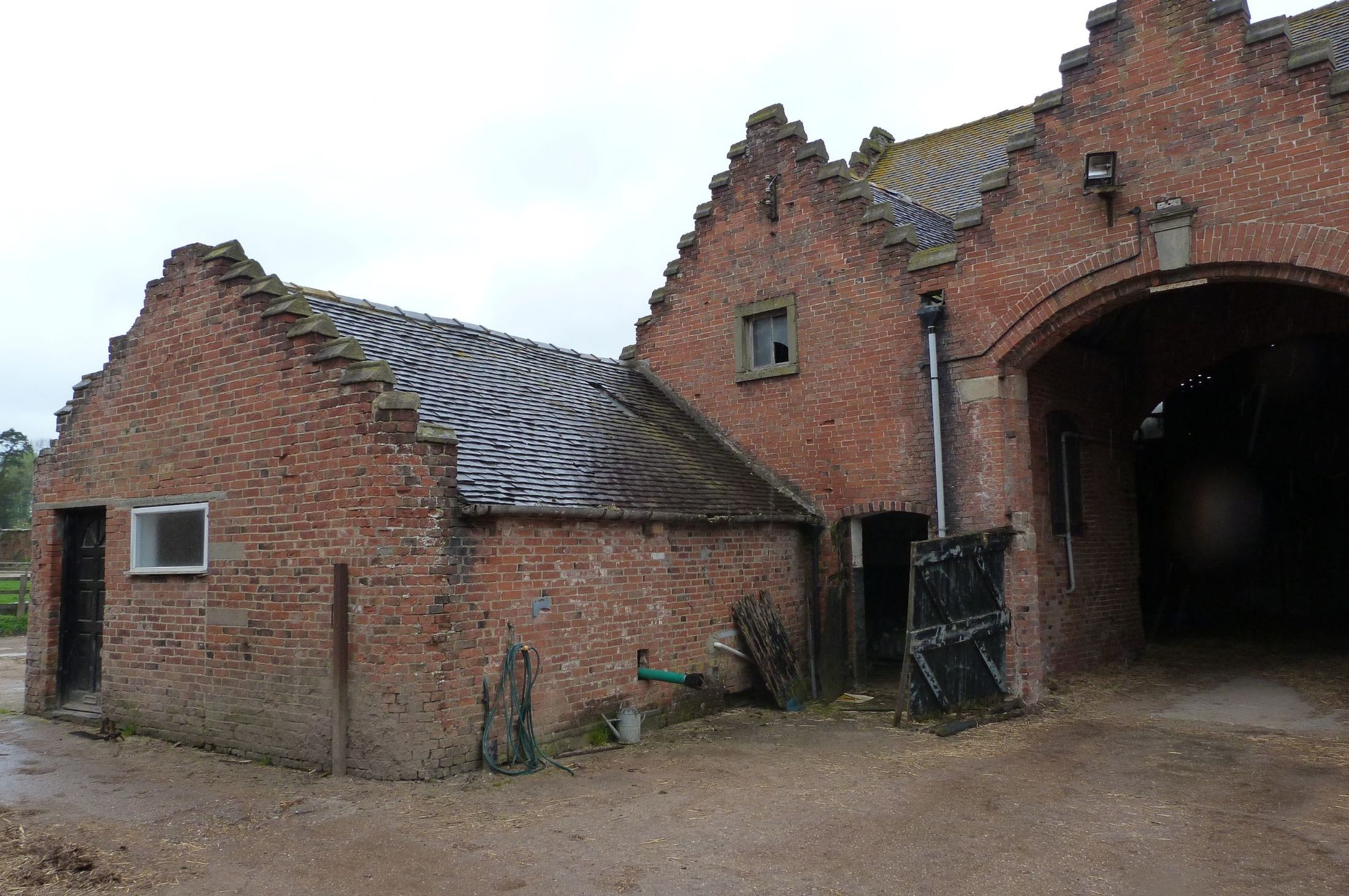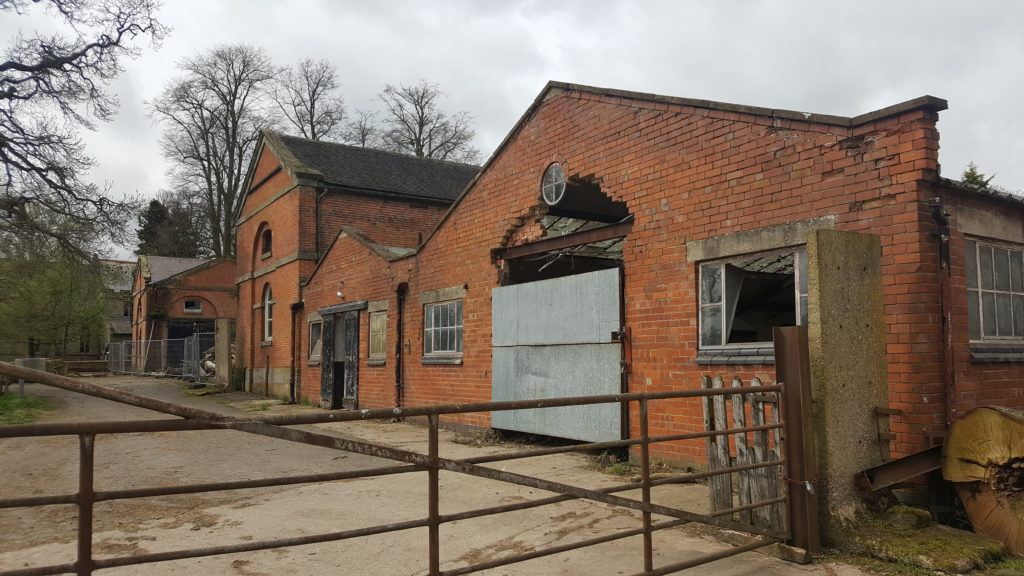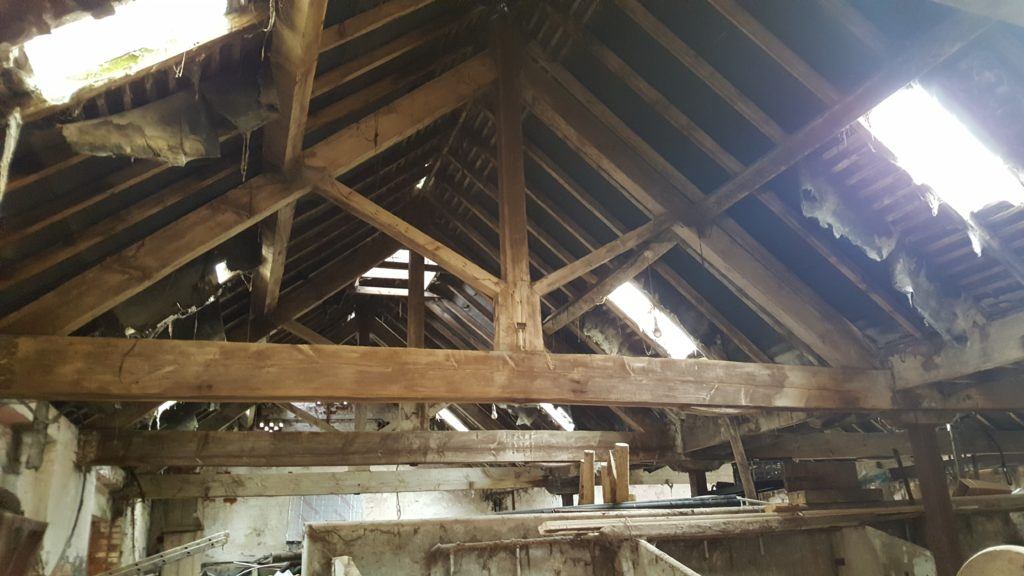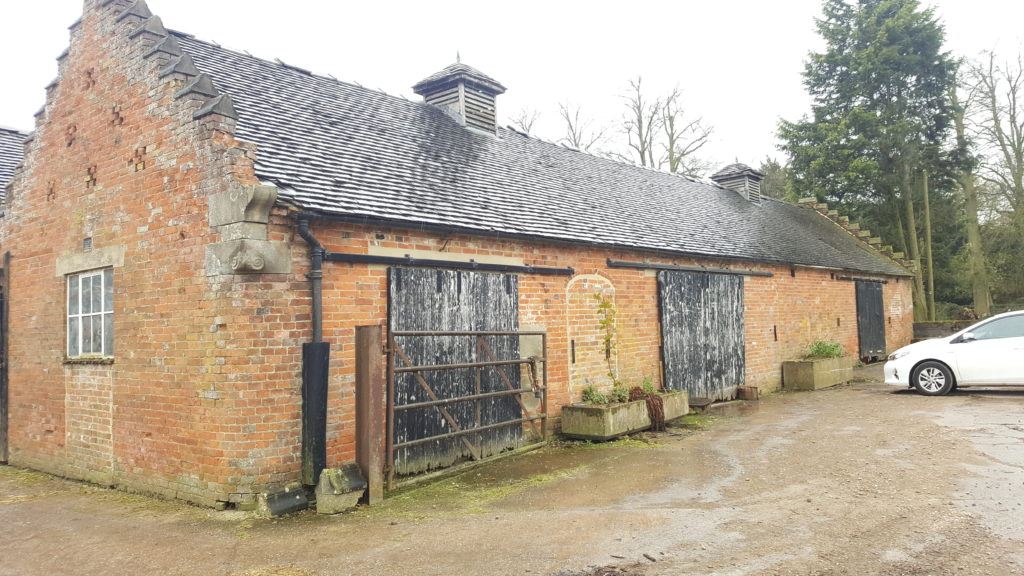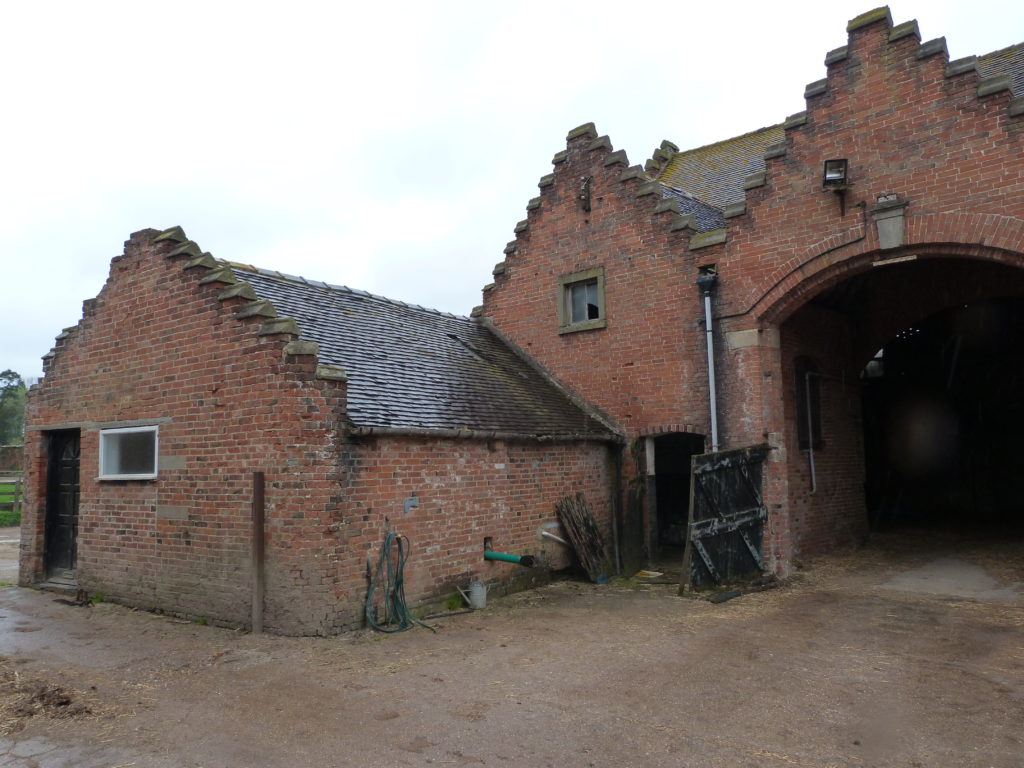Chartered Town Planning Consultant Jon Millhouse of Derby-based Planning & Design Practice Ltd, discusses three recent projects at Holbrook, Breadsall and Ambergate, aimed at revitalising historic Derbyshire places in Constructive Conservation written for Derbyshire Life.
Hidden amongst our towns and villages are historic buildings of all kinds. They are important to our sense of history; part of the fabric of our communities. Sometimes, these buildings are no longer required for their original use. They become vacant and run down, and the money needed to restore them cannot be found. Finding a viable use is often key to securing the restoration and long term maintenance of our historic buildings. This is not always easy, however. There are practical and bureaucratic challenges to overcome. Where new uses can be found and new investment stimulated, the outcome can be most rewarding.
Jon Millhouse and his colleagues at Planning and Design Practice have sought to combine planning know-how with creativity and sensitivity to older buildings, in order to devise proposals that would bring about the restoration of a number of historic buildings in the county.
One such proposal is the redevelopment of Highfield Farm at Holbrook. Planning & Design Practice obtained planning and Listed Building consent on behalf of the Trustees of the Strutt Estate, for the restoration and re-use of a 17th century farmhouse and barns, and the construction of a sympathetically designed new house in the grounds.
At Brookside Farm, Breadsall, a delightful old farmstead formerly owned by the Harpur Crewe Estate in the heart of the Breadsall Conservation Area, permission was granted for a re-use scheme involving the restoration of the farmhouse, renovation and conversion of two barns and construction of two new homes alongside.
At the former Ambergate Social Club, which was originally an 18th century farm owned by the Hurt Estate, consent was obtained for the restoration and re-use of an old farmhouse and barn, and the construction of new homes on the site of the derelict social club and car park.
Jon explains the process: ‘The starting point, and my favourite part of the job, is to look at a site, identify all the constraints and opportunities, and come up with an idea – a concept for unlocking the site’s potential.
At Holbrook for example, I was keen to include a new build home in the proposals if possible, to help raise the value of the site and potentially cross-fund the renovation of the older buildings.
I also wanted to include within the proposals the restoration of an outlying barn which on its own was too small for alternative uses, but with a small extension, would make a good holiday let. The next step is to discuss with the local Council how the proposal might fit with relevant planning policies. At Holbrook, we were able to secure the Council’s in-principle support for the extension of the outlying barn (despite the barn itself being situated just inside the Green Belt) by siting the new build element inside the farmhouse garden, and their support for the new house by siting it in a discreet location in place of an ugly modern farm building.
At Ambergate, we discussed with the Council the principle of changing the use of the site from a disused social club to residential accommodation, and the concept of building a short terrace of houses, which we felt was appropriate for the Derwent Valley. The terrace would address the A6 when entering or exiting the village whilst still maintaining views of the old farmstead beyond.
At Breadsall, despite the site being in the heart of the village where new build accommodation is potentially acceptable in principle, we wanted to take a sensitive approach, working with and re-using the existing buildings and carefully inserting some new development alongside, rather than wholesale redevelopment. The old farm had so much character that it deserved a sensitive approach.
I remember a Councillor describing the farm, when the application eventually came before the Planning Committee, as “a little piece of paradise”.
After initial feedback has been received from the Council, we would typically consult other interested groups – Parish Councils, the highway authority as well as carrying out various technical surveys
Once all of this information has been collected, the detailed designs can be begun in earnest’.
Working with historic sites can often reveal interesting nuggets of local history.
Jon explains: ‘At Ambergate, after checking old maps it quickly became apparent that we were dealing with an old farm of considerable age, despite most people who know the site probably only thinking of it as a social club. We then spotted some initials on a date stone, suggesting a connection with the Hurt family – industrialists and major landowners 150 years ago.
‘At Holbrook, we commissioned an archaeological report which uncovered an old floorplan drawing of the barns prepared for the Strutts before they upgraded the farm. It showed how the family were trying to create a type of “model farm”. Some, but not all of their vision was carried out.
‘You then start to appreciate how the history of these individual places links with the history of the wider area. The Strutts were presumably trying to apply their industrial knowhow to farming, in order to feed their mill workers at Belper. Jedediah Strutt was also from a farming family, even inheriting a farm at Blackwell from one of his uncles before he set up his mills.
‘Historic properties such as these can provide a little window into our past. We hope that by facilitating the re-use of such sites, their heritage interest can be better revealed and maintained over the longer term.
‘Constructing new buildings in Conservation Areas, or next to Listed Buildings, is not always universally popular. There are some who would prefer to see such places left untouched. I agree that a balance must be struck, and there are places where new development wouldn’t be appropriate. However, historic buildings can quickly deteriorate if left derelict. Finding a viable use is key to securing long term upkeep. There are many instances where the right type of development can make a positive contribution to the conservation of our heritage.’
Constructive Conservation was originally published in Derbyshire Life March 2019
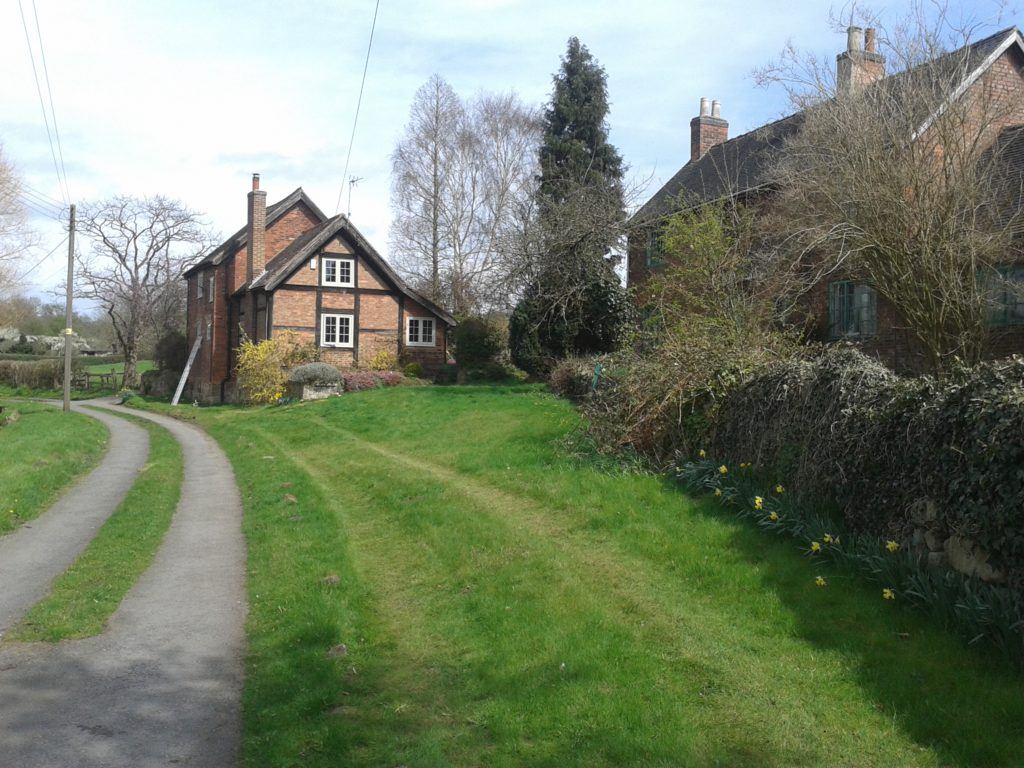
Brookside Farmhouse (on the right) 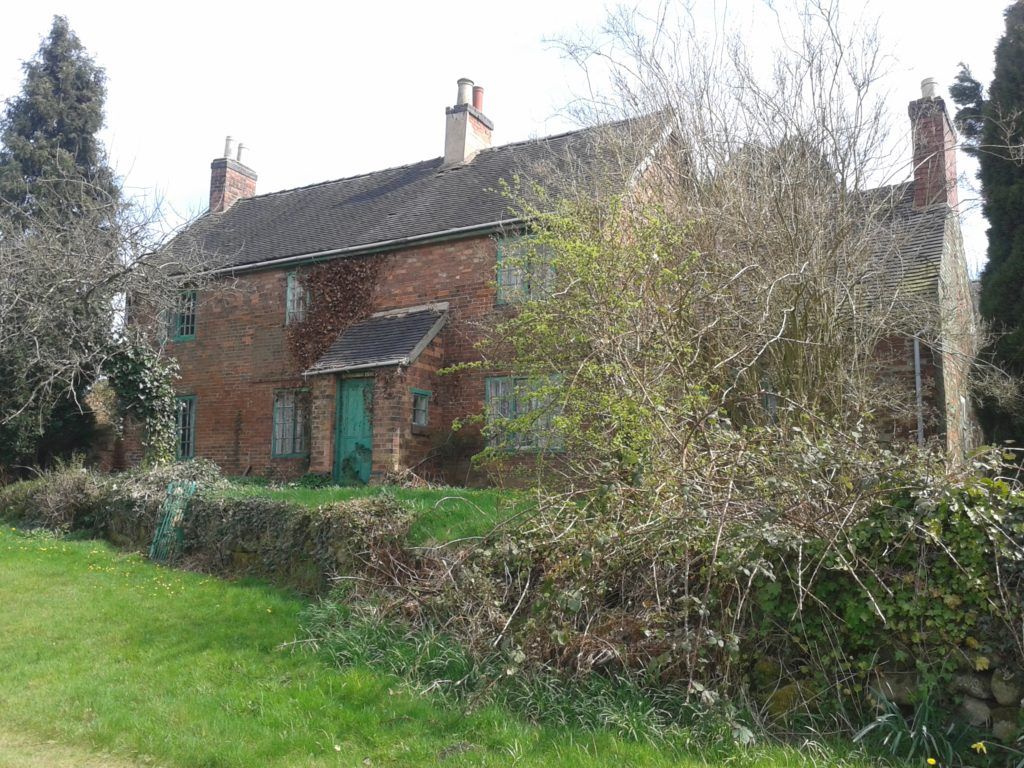
Brookside Farmhouse 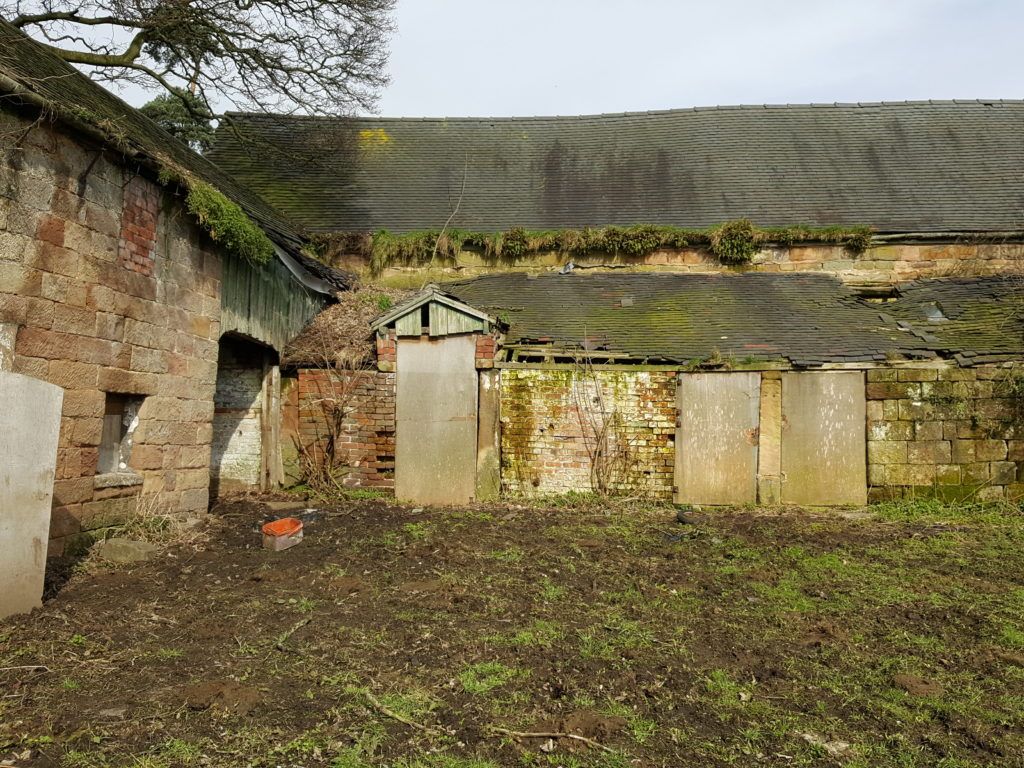
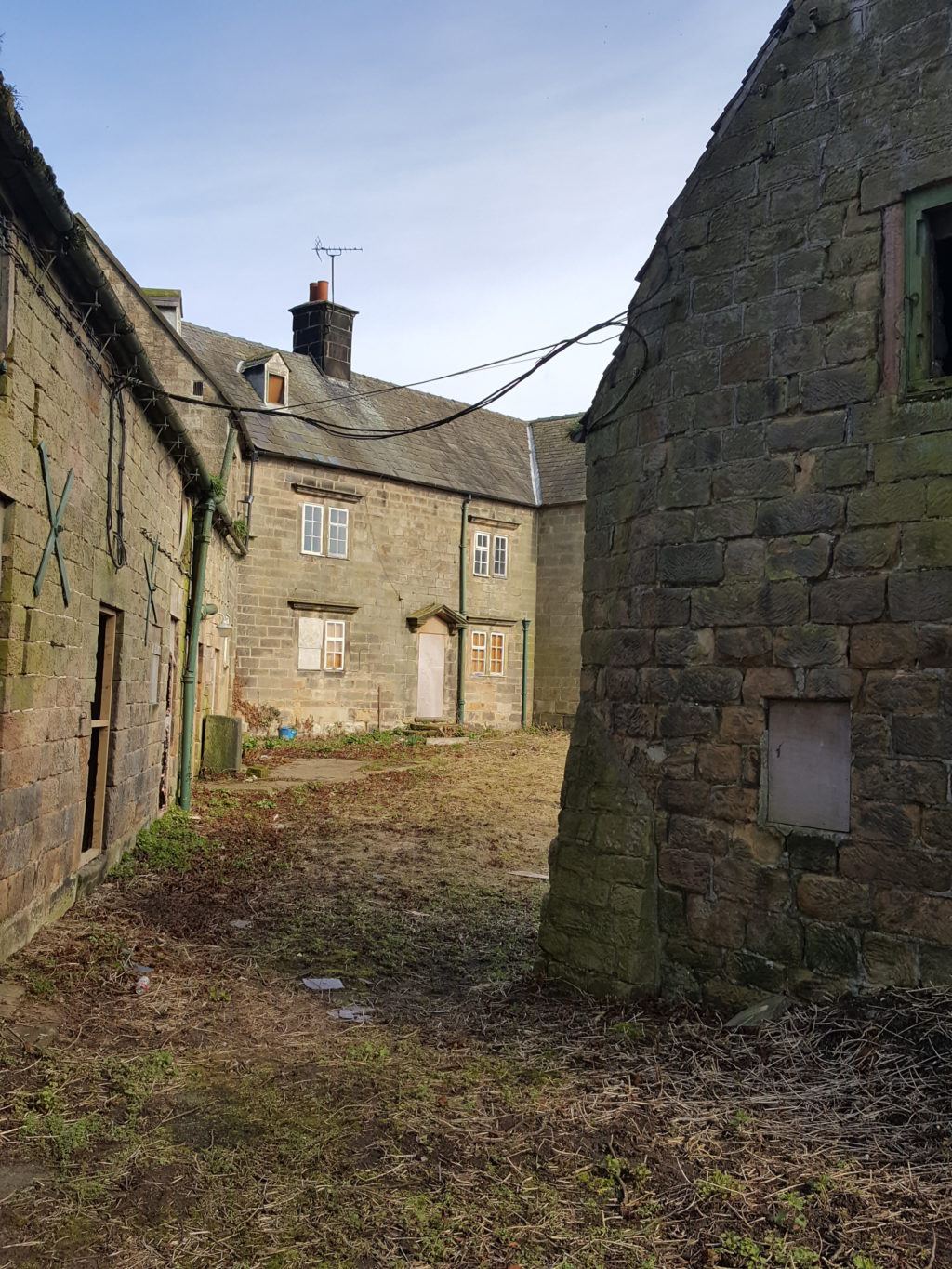
Farm buildings at Highfield Farm, Holbrook 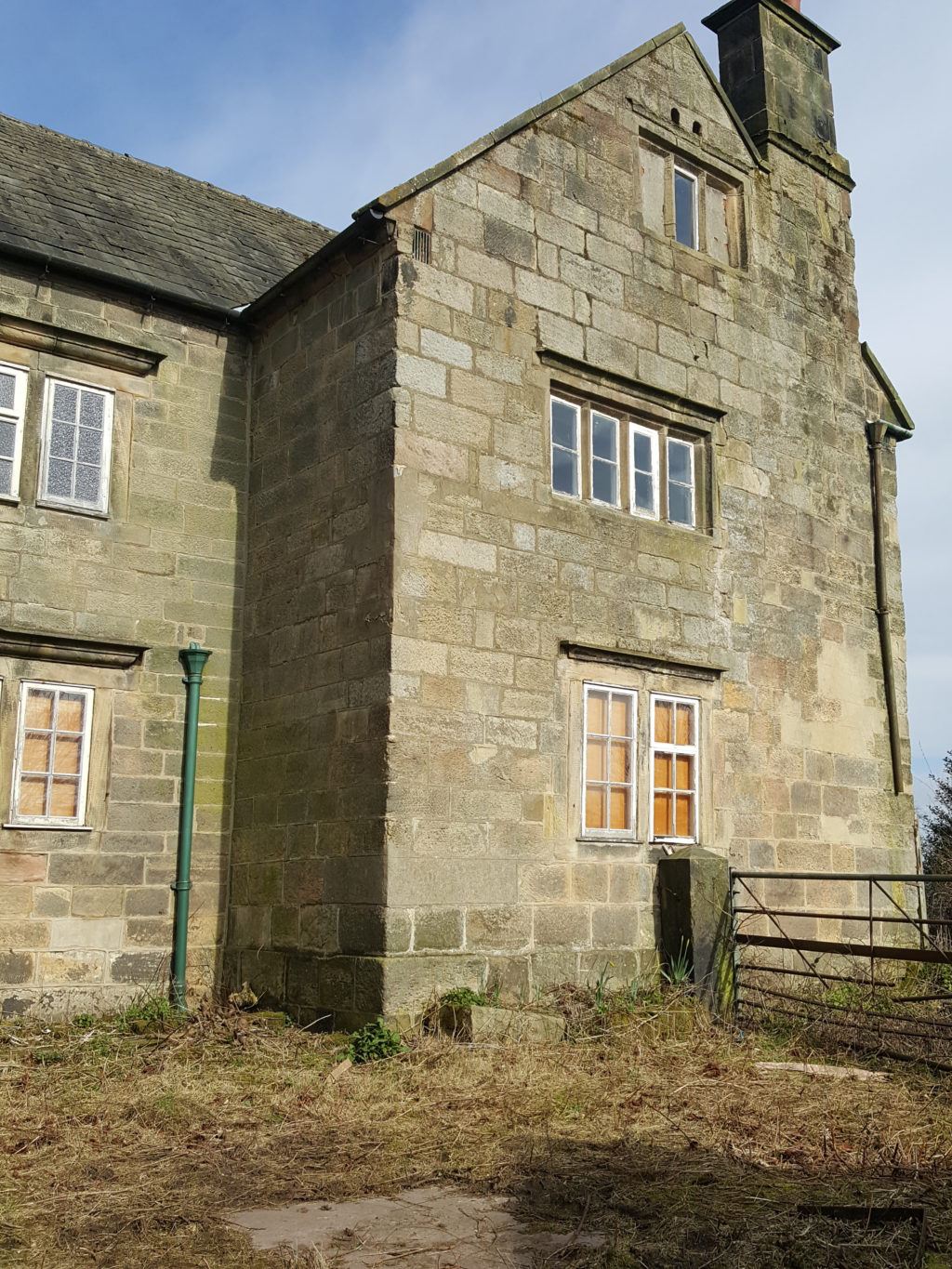
Farmhouse at Highfield Farm, Holbrook 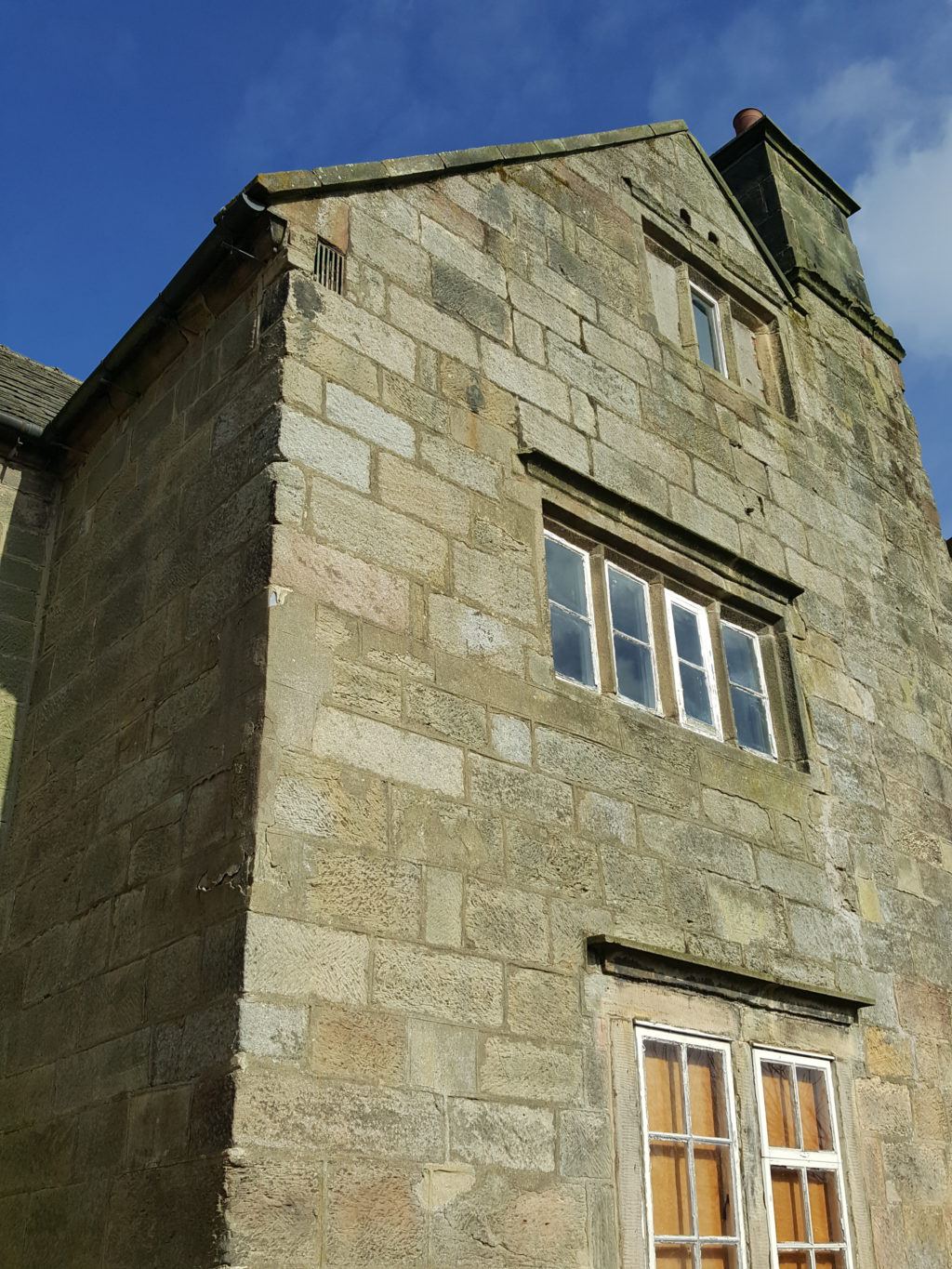
Farmhouse Highfield Farm, Holbrook 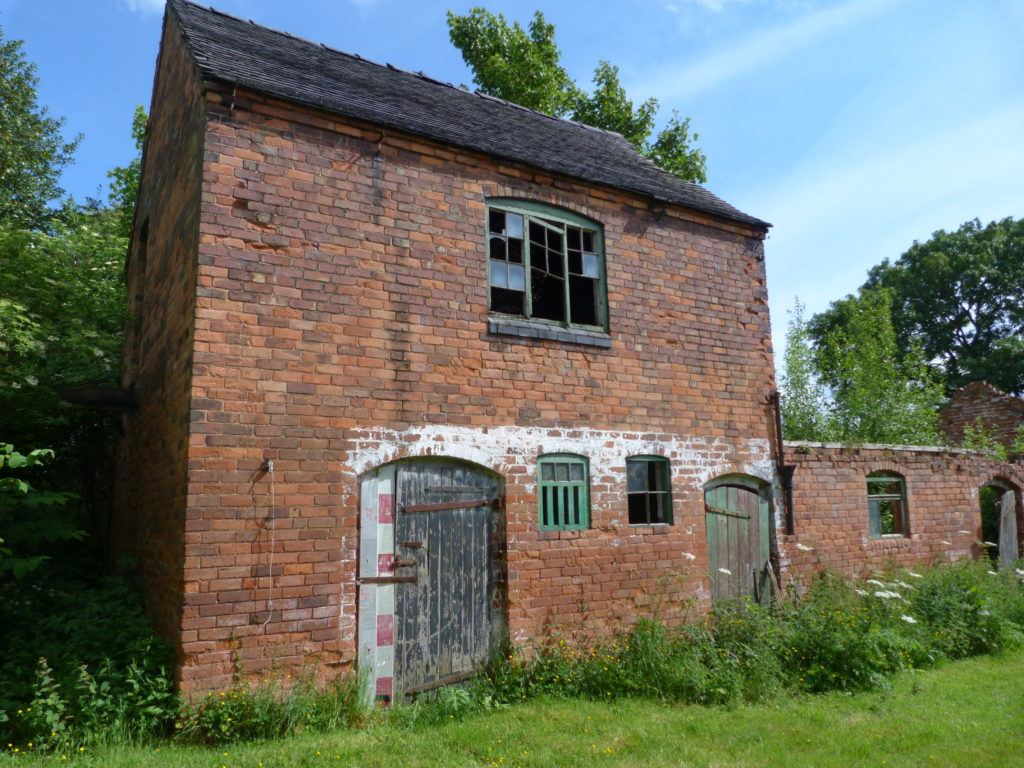
Old barn, Brookside Farm Breadsall 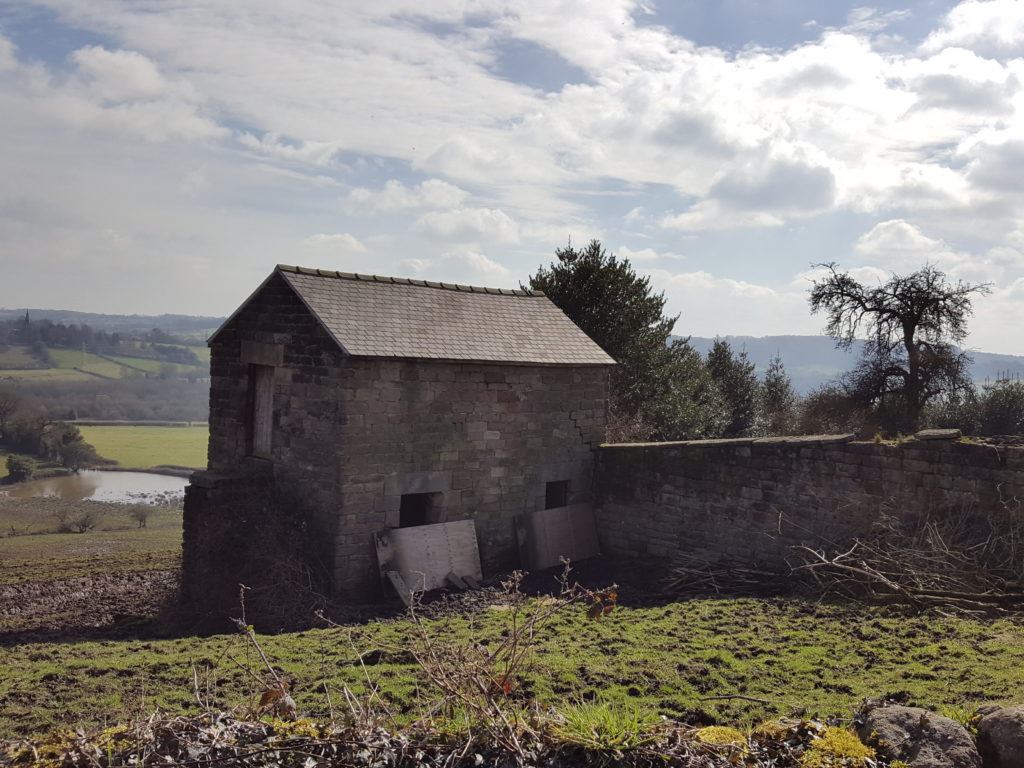
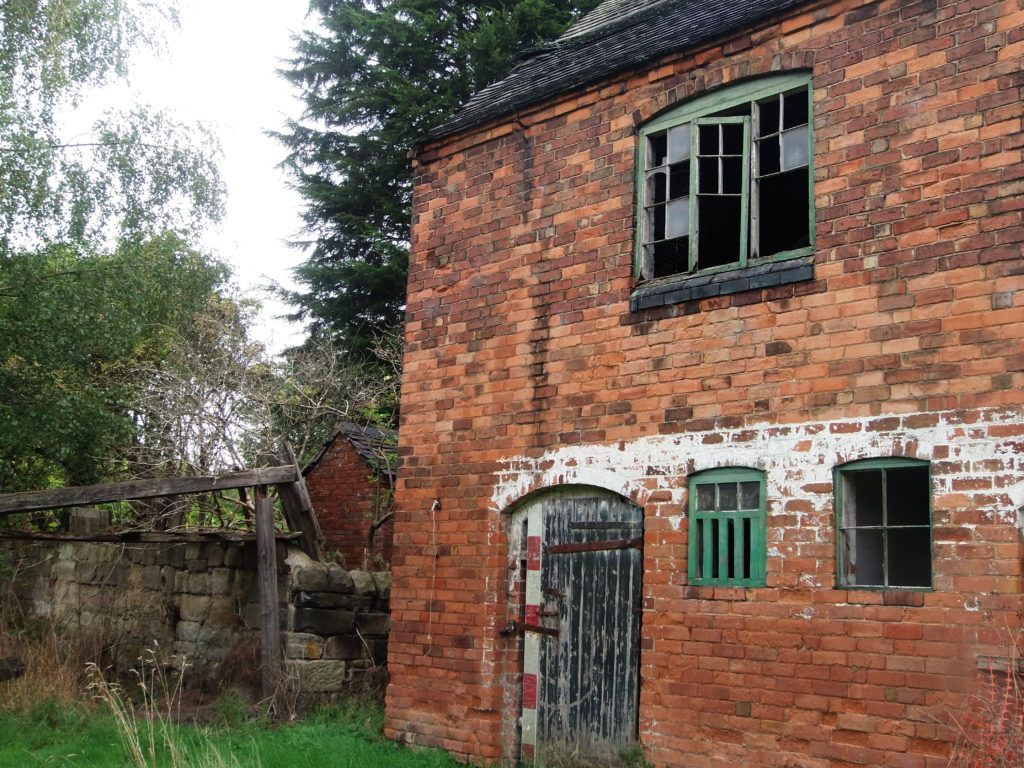
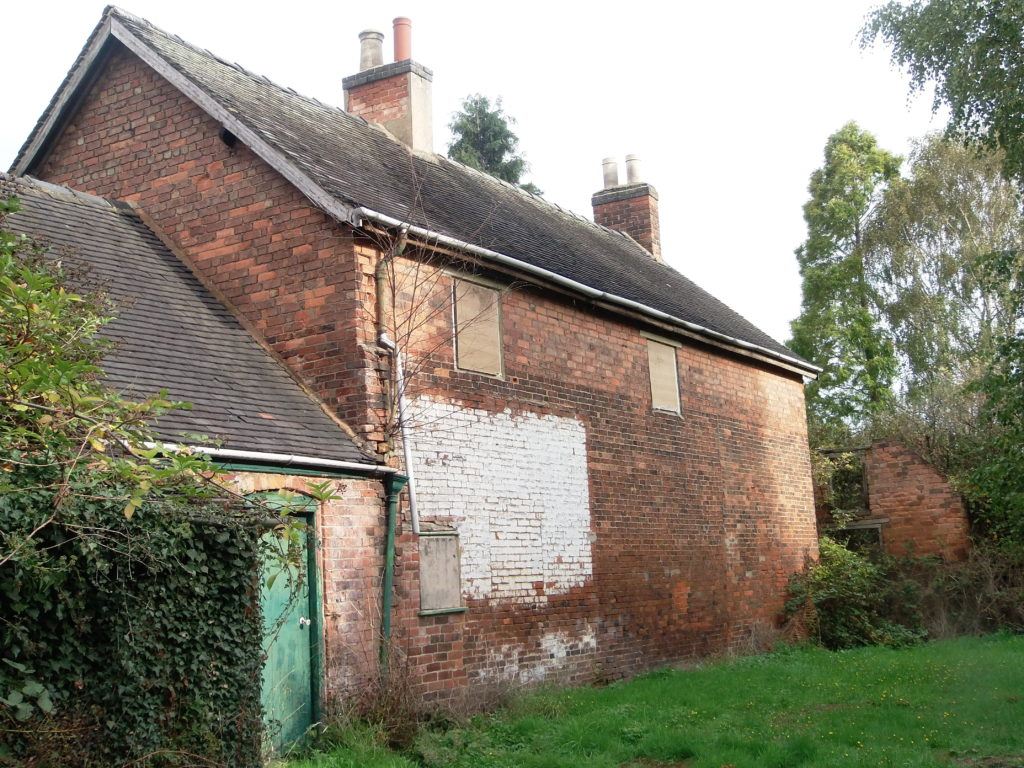
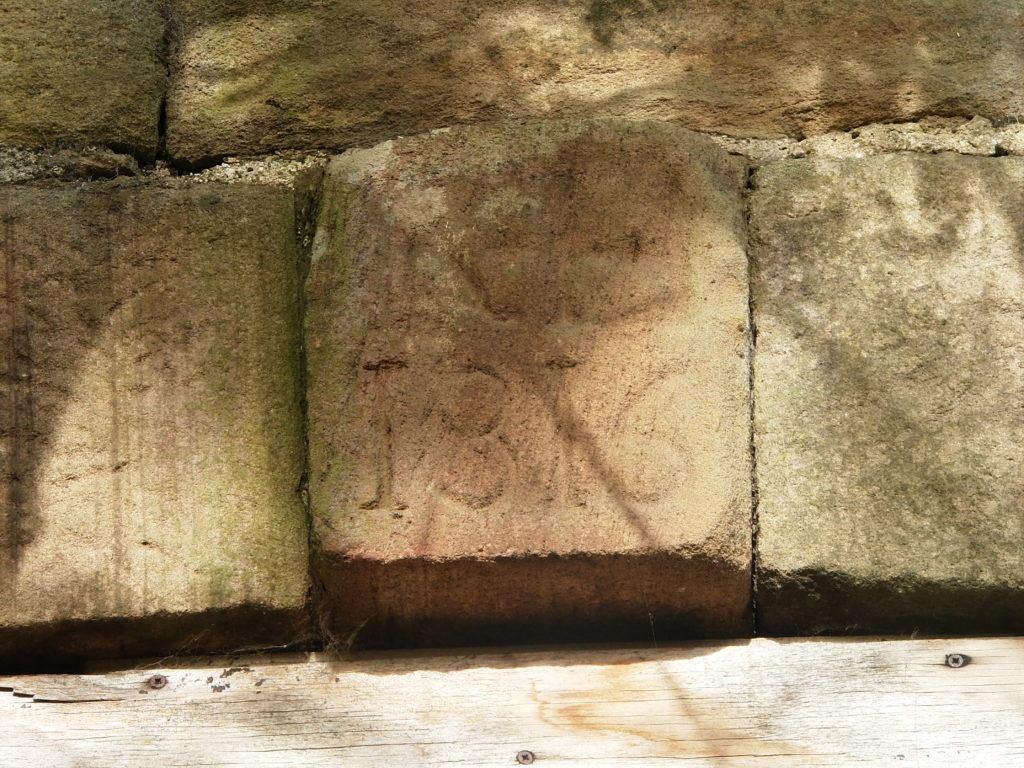
Date stone above barn at Ambergate Social Club 